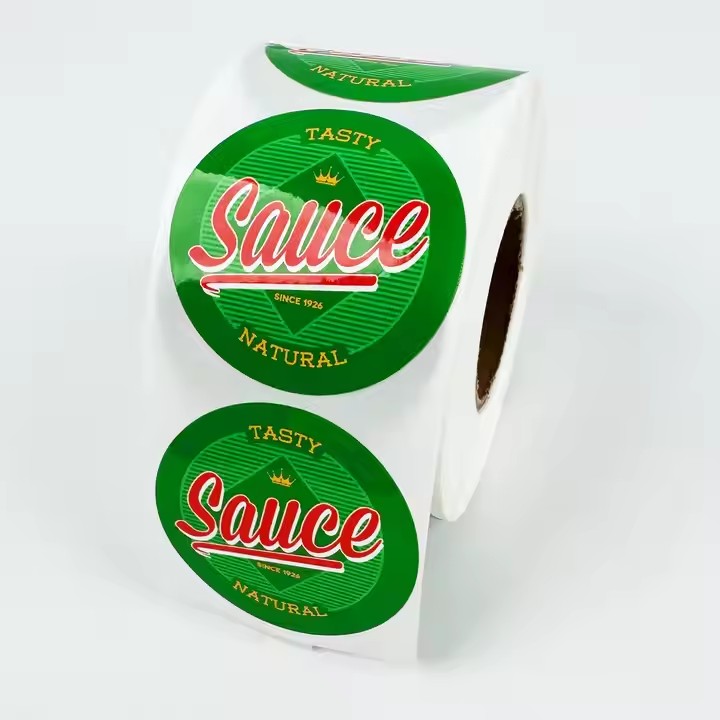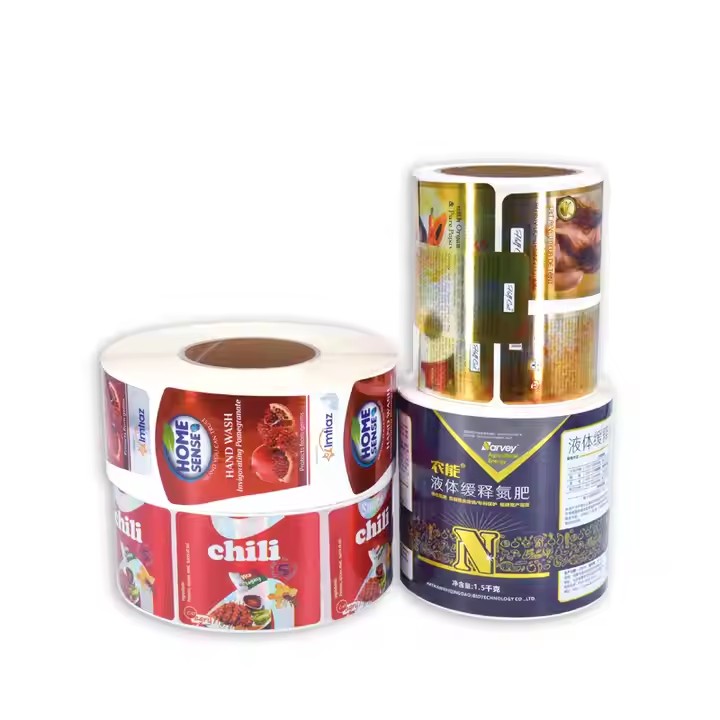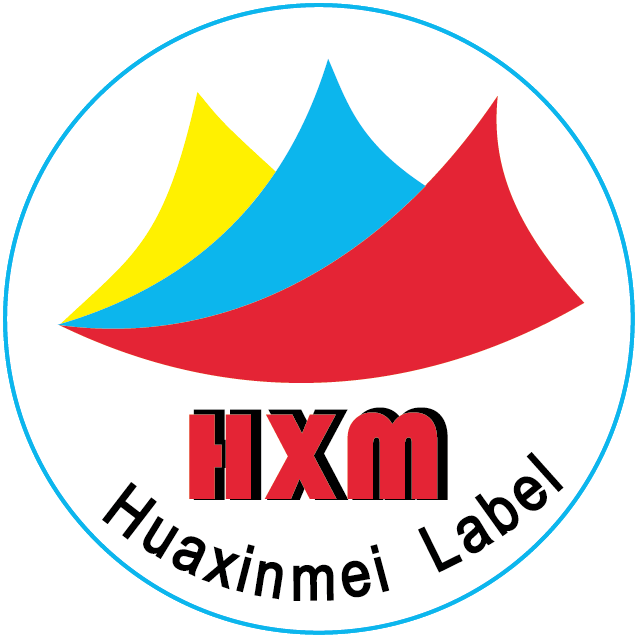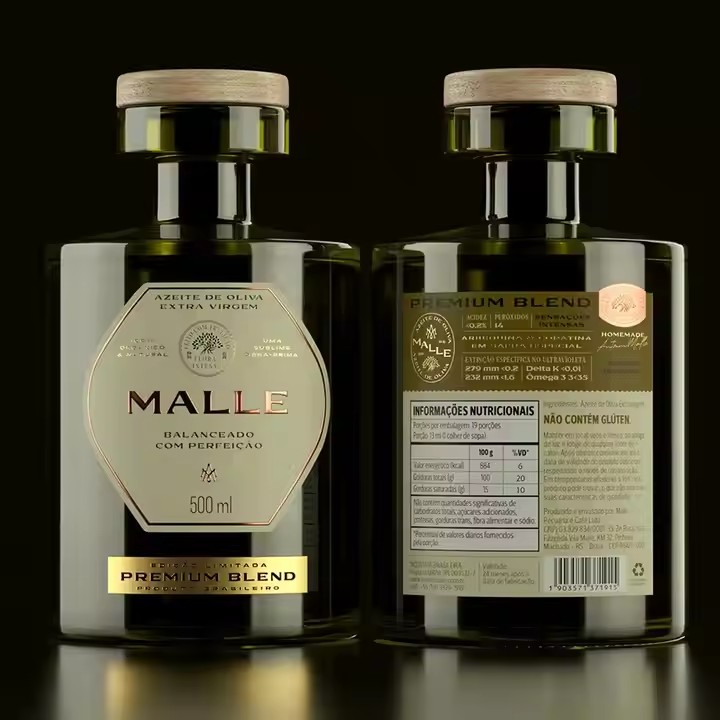Information Accuracy and Completeness
Basic Product Information: Clearly label the product name, category, shade number, etc., so that consumers can identify the product at a glance. For example, “Velvet Matte Lipstick, Shade #08” is concise and clear. Meanwhile, accurately list the product ingredient list in descending order of content. This not only helps consumers understand the product ingredients but also complies with regulatory requirements. The information on the composition of cosmetic materials should be clearly stated. Since each consumer has a different skin type, it is necessary to state clearly on the label so that consumers can purchase cosmetics suitable for their skin type based on their own skin conditions. If the skin type is not clearly stated on the label, it is very likely that consumers will buy cosmetics that are not suitable for their skin type, which can easily cause some unnecessary damage to the skin.
Efficacy and Instructions for Use: Clearly state the main efficacy of the product, such as “long-lasting concealer”, “waterproof and sweatproof”, etc., so that consumers can understand the effects the product can bring. It is also necessary to provide detailed usage methods and precautions, such as “Please use when the lips are dry and avoid contact with the eyes”, etc., to help consumers use the product correctly. The efficacy refers to the specific effects that can be brought after using the product. What is the specific efficacy of this product? It should be clearly stated on the label to avoid misleading consumers and causing negative effects to them.

Shelf Life and Net Content: Mark the production date, shelf life or use-by date of the product, as well as the net content of the product, such as “Production Date: October 2024, Shelf Life: 3 years”, “Net Content: 3.5g”, so that consumers can clearly know the usable time and capacity of the product. Let consumers know how many grams the net content is, so that they can know how long the cosmetics can be used approximately, and then they can purchase the product according to their own usage amount. In addition, the production date and shelf life should also be marked to let consumers clearly know the shelf life, so that they can purchase the products they need according to their budget.
Design Aesthetics and Appeal
Color Matching: Select an appropriate color scheme according to the product’s positioning and target audience. For example, for cosmetics targeting young and fashionable groups, bright and lively colors can be used; while for cosmetics targeting mature women, elegant and calm colors can be adopted. The color should echo the color of the product itself or the brand image. For example, the label of a pink lipstick can use a soft pink tone as the main color to enhance visual appeal. The external label packaging of cosmetics should also pay attention to color matching to attract consumers to the greatest extent. For example, try to use some Morandi colors. Since most cosmetics are aimed at women, it is necessary to use colors with high saturation and brightness as much as possible to design the packaging, so as to attract young women to buy to the greatest extent.
Patterns and Graphics: Use patterns or graphics related to cosmetics, such as elements like lipsticks, eyeshadow palettes, makeup brushes, etc., and combine them with product features through creative design techniques. It is also possible to design unique iconic graphics according to the brand’s style and story, such as the transformation of the brand’s logo, specific symbols, etc., to increase the label’s recognition and memorability.
Font Design: Choose fonts with strong readability to ensure that texts of different sizes can be clearly displayed. Titles and important information can be highlighted in larger fonts, such as product names, shade numbers, etc.; while secondary information such as ingredient lists and instructions for use can use smaller but still legible fonts. At the same time, the font style should be coordinated with the overall design style. For example, cosmetics with a strong sense of fashion can use modern and simple fonts.
Brand Image and Personality
Prominent Brand Logo: Place the brand logo in a prominent position on the label to ensure that it is of moderate size and clearly recognizable. The design of the logo should be simple and unique, and be able to accurately convey the core value and personality of the brand, so that consumers can quickly identify the brand when they see the label.
Consistent Style: Maintain the consistency of the label design style with the overall brand image, including aspects such as the color system, graphic elements, and font style. For example, if the brand has always been dominated by a simple and high-end style, then the design of the cosmetic label should also reflect this style, so that consumers can feel the unified brand image when they come into contact with the product.

Reflecting Brand Culture: Convey the brand’s culture and philosophy through label design, such as the brand’s advocated environmental protection concept, fashion attitude, artistic pursuit, etc. This can be achieved by using environmentally friendly materials, unique design elements or text descriptions, etc., so that consumers can feel the cultural connotation of the brand in the process of purchasing and using the product.
Regulations and Compliance
Comply with Relevant Regulations: Understand and abide by national and regional regulations and standards on cosmetic product labels, such as the “Regulations on the Supervision and Administration of Cosmetics”, etc., to ensure that the information on the label is accurate, complete and compliant. For example, it is necessary to label the necessary product information and not use false, exaggerated or misleading promotional language.
Warning and Safety Information: If the product contains certain ingredients that may cause allergies or other adverse reactions, clearly mark warning information on the label, such as “Contains [specific ingredient name], may cause allergic reactions. Please conduct a skin test before use”, etc., to ensure the safety of consumers when using the product.


